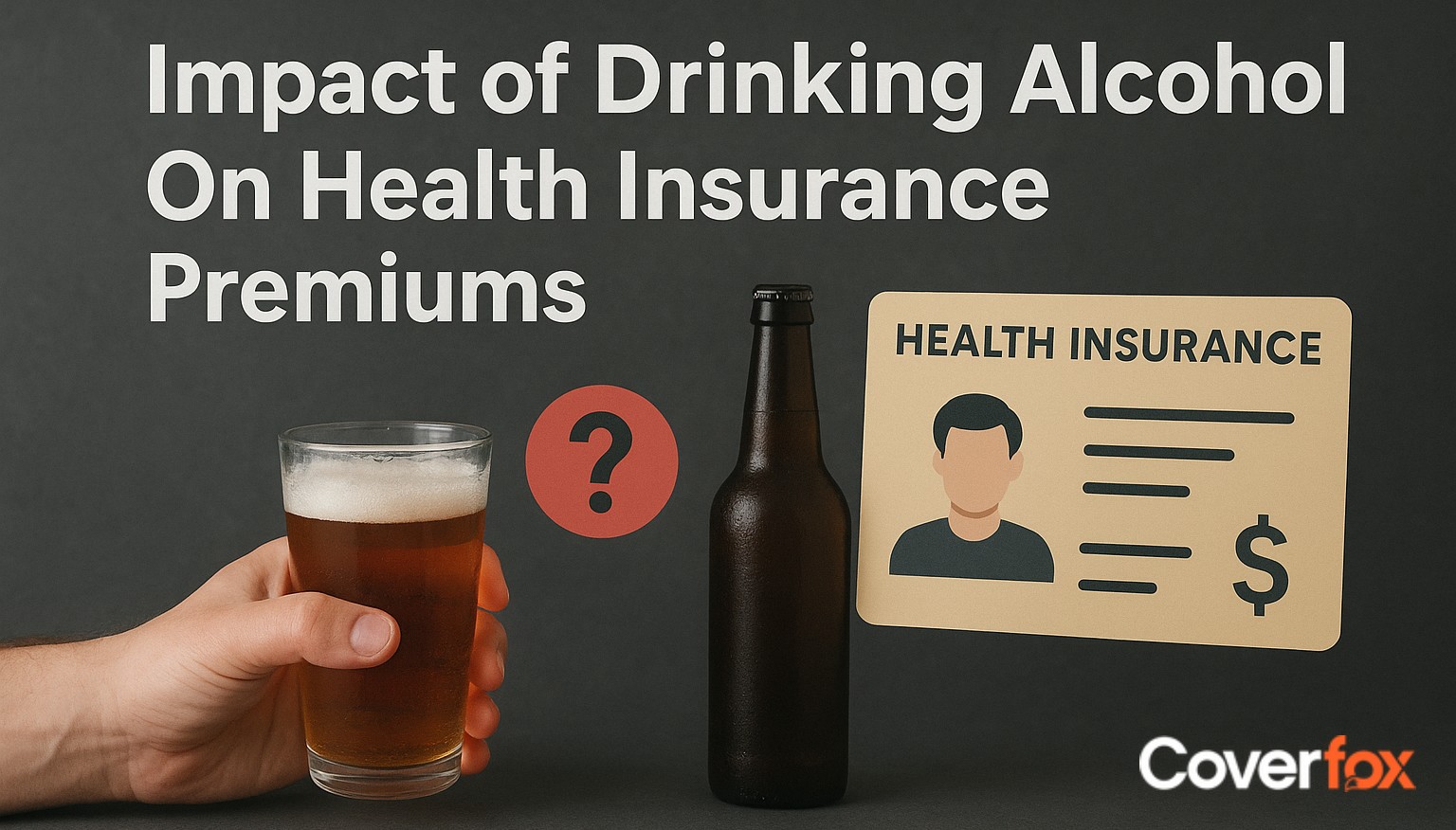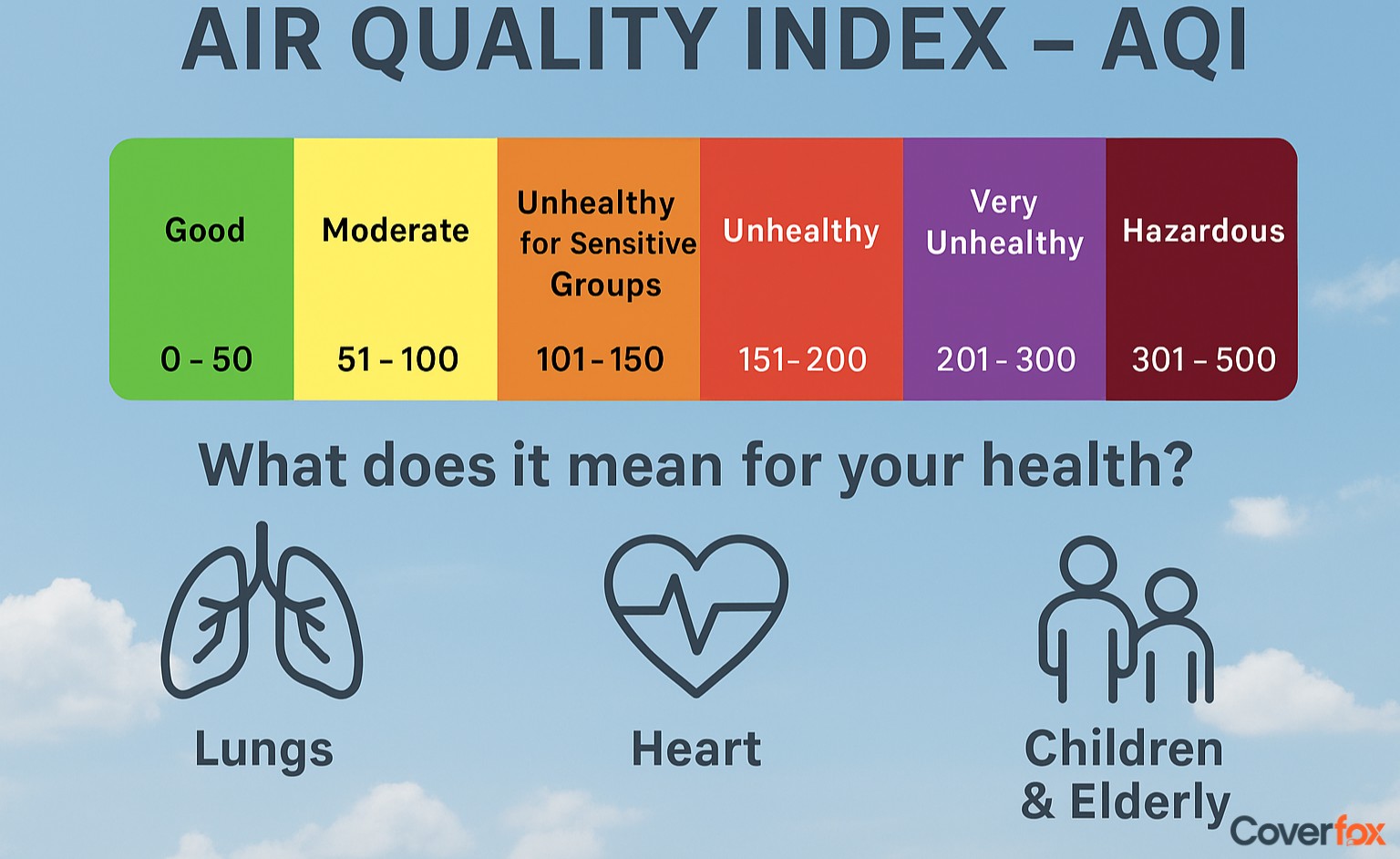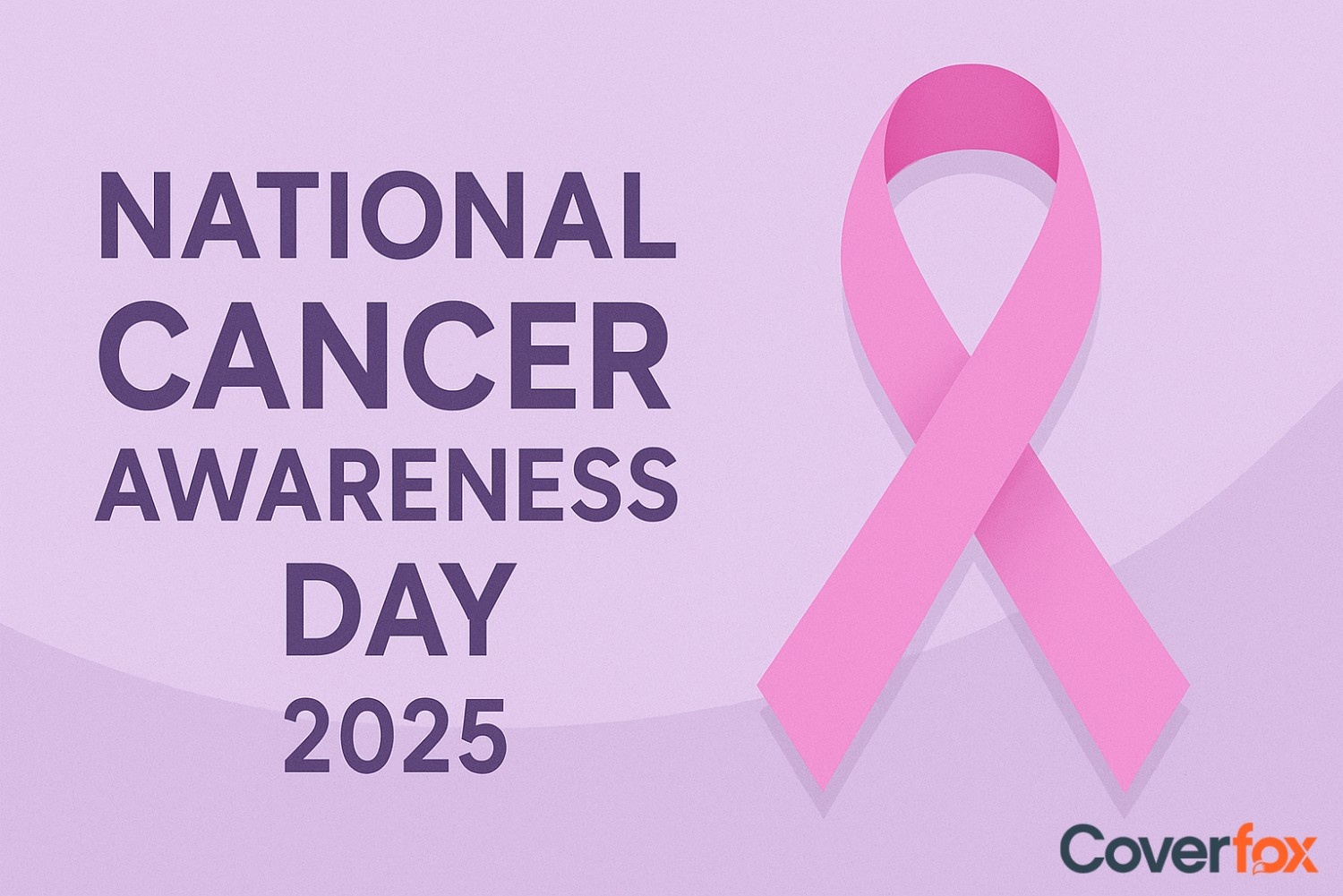Maintaining a health insurance policy has become the demand of the day. Considering the increasing rate of medical inflation, an increasing number of people are opting to purchase a befitting health plan.

One of the biggest advantages of having health iInsurance is that it offers the exclusive facility of cashless hospitalisation. Here, we will discuss all the significant aspects of a cashless health plan, its importance, and the claim procedure.
What is Meant by Cashless Health Insurance?
From the name itself, it is understandable that a cashless health plan is health insurance where you do not need to pay cash to the hospitals for bill settlements during medical emergencies. The concerned insurance provider directly settles the bill with the hospital authorities.
However, you must remember that this exclusive facility is only available at the network hospitals maintained by your insurance provider. It is best to be aware of the list of network hospitals beforehand that are maintained by your insurer in your locality.
What is Cashless Hospitalisation?
This means that you need not have to undertake any sort of cash dealings with the hospital during hospitalisation, provided it is a network hospital. The insurance provider will settle the relevant dues as per the norms of the chosen plan directly with the hospital authorities.
Features of cashless health insurance
Since an increasing number of people are nowadays opting for health insurance, the level of competition has significantly increased in this sector. Some of the most important features of cashless health insurance include:
Coverage for domiciliary treatments
Daily cash allowance during hospitalisation tenure
Coverage for ambulance services
Value added services
Coverage for pre-existing diseases
Free health check-ups
Coverage for organ donation
No Claim Bonus facility
Benefits of cashless health insurance plans:
The trend of cashless health insurance has significantly enhanced, especially after the COVID-19 pandemic outbreak back in 2020. Some of the major benefits of cashless health insurance include:
Extensive coverage during medical emergencies: Medical emergencies are mostly unprecedented and often come as a bolt from the blue. Considering the essential healthcare costs, two or three days of hospitalisation is enough to burn out a significant amount of your hard-earned savings. So, keeping the health insurance back-up is highly essential, especially during such critical times.
Peace of mind: Health insurance acts as a protective financial shield. Irrespective of the type of medical emergency, you need not have to worry about finances during such a worrisome period.
Tax savings: Premiums paid towards health insurance for self, spouse, parents, and children are eligible for tax benefits. Therefore, health insurance not only saves you during hospitalisation but is also a promising tax-saving instrument.
Easy accessibility towards quality healthcare: Health insurance allows easy access to standard medical care and facilities under network hospital coverage.
Guards during travel: If you suddenly fall sick or face any unfortunate accident during travel, you can access quality healthcare services anywhere In the country with the help of health insurance. You only need the health insurance card copy, be it a hard copy or a soft one.
What is covered and not covered under cashless health insurance
Inclusions
Each health plan is different from the other in certain aspects, including the coverage span. However, some standard inclusions of health plans include:
Coverage for pre- and post-hospitalisation expenses
AYUSH treatment coverage
OPD coverage
Free annual health check-up benefits
In-patient care cost coverage
Coverage for daycare procedures like cataract surgery, dialysis, chemotherapy, angiography, etc.
Exclusions
No health insurance offers 100% coverage. The types of exclusions vary from insurer to insurer and plan to plan. However, certain standard exclusions include:
Pre-existing disease coverage
Any medical expenses incurred within 30 days of policy commencement, except for accidents
Coverage of any congenital medical ailment
Any costs incurred for treating ailments caused due to drug or alcohol overuse
Any non-medical costs incurred during hospitalisation like service charges, attendance fees, etc.
List of documents essential for cashless claim settlements
The list of documents that are required during cashless claim settlements includes:
Duly filled and signed claim form
Doctor’s advice document stating hospitalisation
Hospital discharge summary
All the reports, receipts, bills, documents, issued by doctors, hospitals, investigation centres, pharmacies, etc.
Diagnostic reports like USG, X-ray, blood test reports, ECG, etc.
A copy of the health insurance card
Procedure for cashless health insurance claim during emergencies
To ensure smooth claim settlements during medical emergencies you need to follow a certain protocol. The few simple steps that you need to follow under such circumstances are:
Once the beneficiary is taken to the concerned network hospital, you must present the health insurance card which bears all the vital details of the beneficiary and the plan chosen.
Within 24 hours of hospitalisation, you need to contact the TPA or the concerned insurance authority desk present in the hospital to initiate the cashless claim settlement procedure by filling and submitting the pre-authorisation form.
An authorised TPA authority or the concerned insurance provider will verify these initial papers.
Once the request for a cashless claim is approved by the respective insurance provider, other necessary documents need to be produced subsequently.
During discharge, the final set of documents is submitted to the insurance company by the hospital authorities for final verification. Once everything is verified to be authentic, the approved claim amount is directly settled with the hospital. You need to settle the remaining dues out of your pocket, the costs that are beyond insurance coverage.
Reimbursement claim
This claim is only possible if you get treated in a non-network hospital. In this case, you have to settle the entire hospital bill by yourself. You need to preserve all the receipts, prescriptions, bills, reports, and documents that have been issued during the hospitalisation course. Once you get discharged, contact your insurance provider at the earliest with all the papers and your health insurance card.
They will verify all the papers and may ask for additional documents if necessary. Once it is completed, the insurance company will directly transfer the approved claim amount to your registered bank account.
Conclusion
Now you can easily understand the customer-friendliness of cashless health insurance and how it works. This understanding is very essential before purchasing one.
Recommended Link: Top Cashless Mediclaim Policy For a Family






